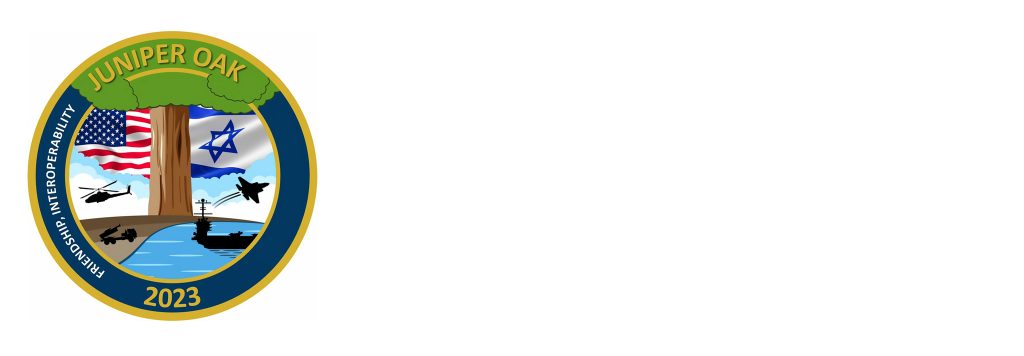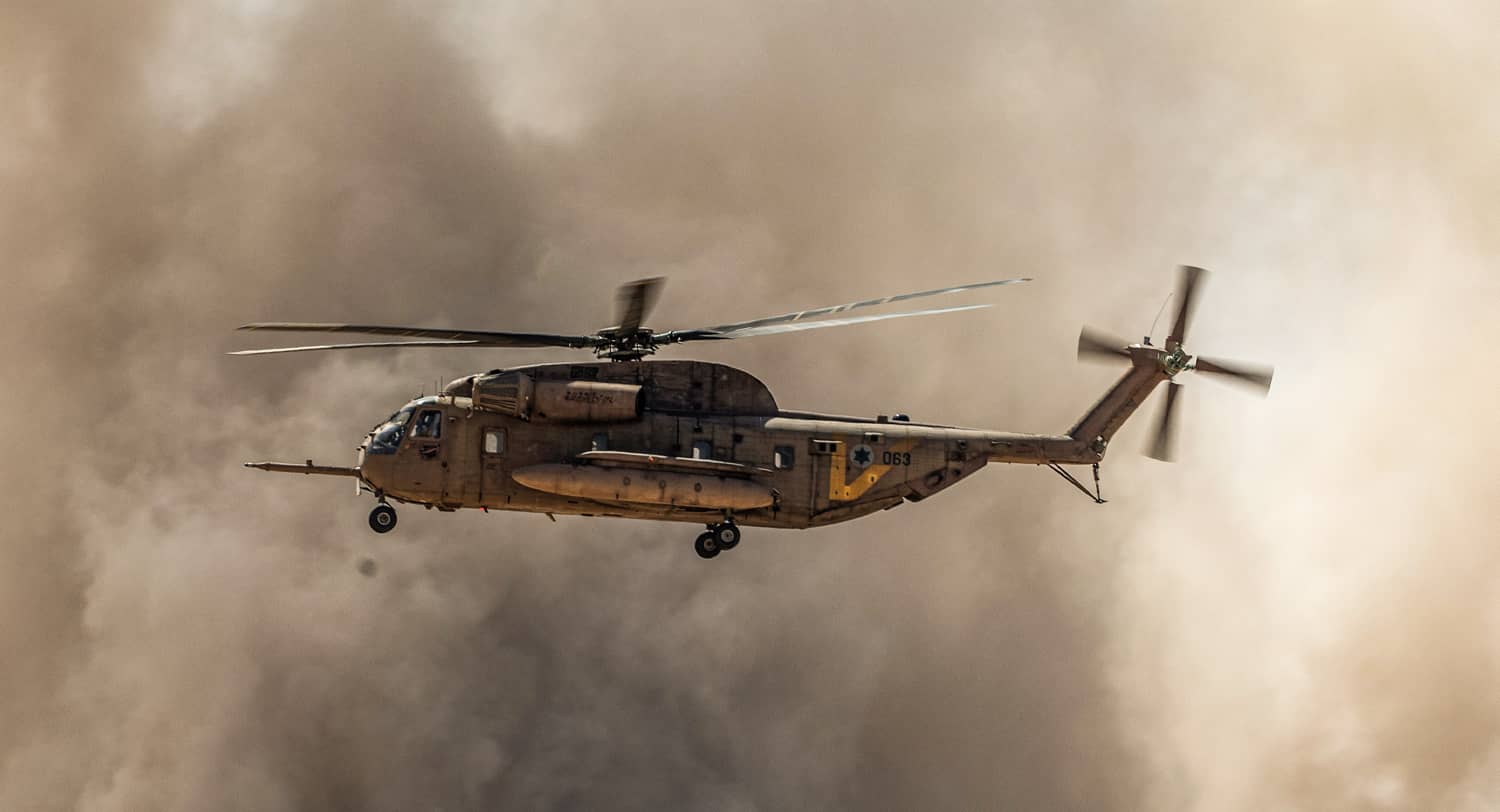In the last week of January, the US and Israel conducted the largest joint military exercise between the two countries, codenamed “Juniper Oak,” marking a milestone in the evolving cooperation between Israel and the US Central Command (CENTCOM).

To those familiar with the bureaucratic handling of US–Israel military cooperation, this all seems incredible. When the Reagan administration created a series of regional commands, integrating its army, navy, and air force under commanders with regional responsibilities, CENTCOM was formed in 1983 to cover the greater Middle East. Today its area of responsibility ranges from Egypt to Central Asia. At the time, Israel was mired in its first Lebanon War and subsequent occupation. Given that including Israel in CENTCOM would have sparked Arab hostility and would have reduced cooperation with Arab militaries, Israel was placed instead in the European Command (EUCOM).
True, in 1991, as Israel was being targeted by Saddam Hussein’s missiles in the First Gulf War, an ad-hoc liaison was established between CENTCOM (which led all operations against Saddam’s conquest of Kuwait) and the high command of the Israel Defense Forces to provide early warning and coordinate responses. But it soon waned. It was more than a decade later, as CENTCOM led the “Global War on Terror” after 9/11, that the utility of closer cooperation between CENTCOM and Israel became firmly established. It involved contributions on a broad range of issues, from neutralizing roadside improvised explosive devices to intelligence tracking of terror groups. By the time General Lloyd Austin took over command of CENTCOM (2013–2016), he built up a strong personal bond with Benny Gantz, chief of staff of the IDF (later the minister of defense), and various aspects of cooperation became routine. Still, given US military sensitivities over Arab reservations, Israel remained in EUCOM, and its last joint exercise with the EUCOM was conducted in July 2021.
What finally led to Israel’s switch to CENTCOM—a decision made in the last year of Trump’s administration but only implemented in September 2021 under Biden’s presidency—were the diplomatic breakthroughs with the United Arab Emirates and Bahrain, which included an implicit message also from Saudi Arabia that a security role for Israel in the region may be a blessing, not a curse.
Juniper Oak was defined as a “Joint All-Domain Exercise” encompassing land, air, sea, space, and cyber operations; as some have noted, this combination of all five dimensions of (post-) modern warfare is not easily achieved, let alone between two very different military establishments and professional cultures. The US forces participating—4,600 troops in all—comprised an aircraft carrier, the George H.W. Bush, and its task force, and other naval assets; some 140 aircraft, including B-52 strategic bombers, fighter aircraft, helicopters, and refueling tankers, in addition to those designated for future delivery to the Israeli Air Force; Army units, including HIMARS and MLRS rocket launchers, infantry, and special forces. No details were given as to the space and cyber components, but both countries have significant military assets in both domains (which can play a role, for example, in the non-kinetic suppression of enemy air defense).
Who, then, is the purported enemy of this exercise? In line with established policy, the official communiques from both countries were quite vague on that matter; the US side made it clear that the physical targets struck in Israel’s Negev Desert during the exercise (more than 180,000 pounds of munitions) were not meant to simulate the specific assets of any country. But in unattributed background briefings and in comments by the Washington Post’s David Ignatius, it was all too clear that the exercise was indeed designed to simulate and prepare for a joint US–Israeli strike against Iran, specifically, a large-scale attack on its military nuclear project and the necessary disabling of Iran’s capacity to strike back, both on land and at sea.
Juniper Oak signals the renewal of a credible military threat (which has, of course, its own acronym, CMT, in joint US–Israel military jargon). Prime Minister Netanyahu and Defense Minister Gallant, hosted by the Israeli Air Force commander at the exercise command post, issued brief statements with a dual message, expressing appreciation for this new level of military cooperation between the two countries and reminding friend and foe alike that Israel still intends to retain its freedom of action to act unilaterally.
Despite the unity on display in Juniper Oak, Israeli decision-makers remain concerned about a very real possibility that the political echelon in Washington will not act against Iran at the moment of decision. Twelve years ago, Netanyahu, as prime minister, pushed for a unilateral strike capacity against Iran, precisely because that scenario concerns the Americans and motivates them to act. Thus, one question being discussed in detail in Israeli political circles today is where does Israel stand with its unilateral strike capacity. That question remains unresolved.



